Aluminum Fluoride Sputtering Target Description
The aluminum fluoride sputtering target from TFM is a ceramic material with the chemical formula AlF₃. This fluoride is commonly used in various thin-film deposition processes, particularly in applications requiring high thermal stability and low refractive index coatings. AlF₃ is also known for its ability to resist moisture and other environmental factors, making it suitable for use in optical coatings, electronics, and other advanced materials applications.
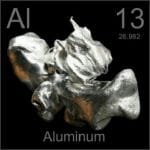 Aluminum, sometimes spelled aluminium, is a chemical element derived from the Latin name for alum, ‘alumen,’ which means bitter salt. It was first identified and observed by H.C. Ørsted in 1825, who also achieved its isolation. The element is represented by the symbol “Al” and is located in Period 3 and Group 13 of the periodic table, within the p-block. Aluminum has an atomic number of 13 and a relative atomic mass of 26.9815386(8) Dalton, with the number in brackets indicating the uncertainty in its measurement.
Aluminum, sometimes spelled aluminium, is a chemical element derived from the Latin name for alum, ‘alumen,’ which means bitter salt. It was first identified and observed by H.C. Ørsted in 1825, who also achieved its isolation. The element is represented by the symbol “Al” and is located in Period 3 and Group 13 of the periodic table, within the p-block. Aluminum has an atomic number of 13 and a relative atomic mass of 26.9815386(8) Dalton, with the number in brackets indicating the uncertainty in its measurement.
Related Product: Aluminum Sputtering Target
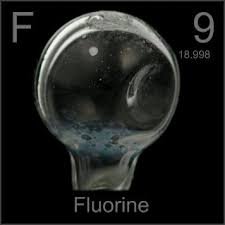 Fluorine, a chemical element, gets its name from the Latin word ‘fluere,’ which means “to flow.” It was first mentioned in 1810 by A.-M. Ampère, with its isolation being achieved and later announced by H. Moissan. The element’s symbol is “F,” and it is positioned in Period 2 and Group 17 of the periodic table, within the p-block. Fluorine has an atomic number of 9 and a relative atomic mass of 18.9984032(5) Dalton, with the figure in brackets representing the measurement uncertainty.
Fluorine, a chemical element, gets its name from the Latin word ‘fluere,’ which means “to flow.” It was first mentioned in 1810 by A.-M. Ampère, with its isolation being achieved and later announced by H. Moissan. The element’s symbol is “F,” and it is positioned in Period 2 and Group 17 of the periodic table, within the p-block. Fluorine has an atomic number of 9 and a relative atomic mass of 18.9984032(5) Dalton, with the figure in brackets representing the measurement uncertainty.
Aluminum Fluoride Sputtering Target Specification
| Compound Formula | AlF3 |
| Molecular Weight | 83.98 |
| Appearance | Solid |
| Melting Point | 1,291° C |
| Boiling Point | N/A |
| Density | 2.88 g/cm3 |
Aluminum Fluoride Sputtering Target Packaging
Our Aluminum Fluoride Sputtering Target is meticulously tagged and labeled externally for easy identification and strict quality control. We take special care during handling and packaging to prevent any damage during storage or transportation, ensuring that the product arrives in perfect condition.
Get Contact
TFM offers Aluminum Fluoride Sputtering Targets in various forms, purities, sizes, and prices. We specialize in high-purity thin film deposition materials with optimal density and minimal grain sizes, which are ideal for semiconductor, CVD, and PVD applications in display and optics. Contact Us for current pricing on sputtering targets and other deposition materials that are not listed.

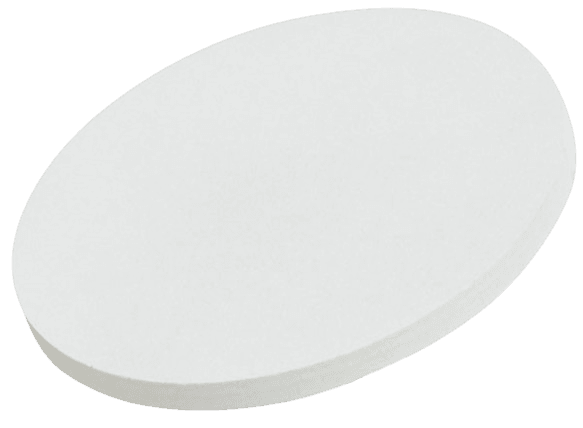
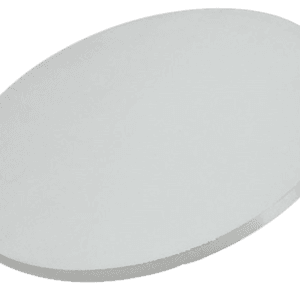
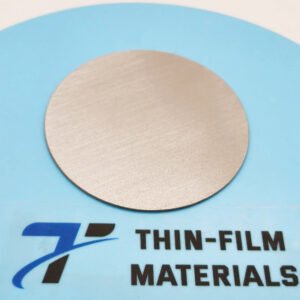
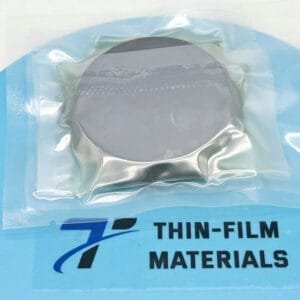
Reviews
There are no reviews yet.